Swift Response by idverde Teams Clears Trowbridge Road After Bin Lorry Fire
In a commendable effort, idverde teams played a crucial role in the cleanup operation
Grounds Maintenance, Landscape Creation, Arboriculture, Sports Surfacing, Parks management, IOS Managing Safely Training, Ecology & Biodiversity, Grass cutting, Horticulture, Street Cleaning, Soft Landscaping, Hard Landscaping
idverde provides a wide range of green services, including grounds maintenance, landscape creation, and advice services, to both private and public sectors across the UK.
In the UK, there are 25 different species of bumblebees, some more common than others. idverde, in partnership with the Bumblebee Conservation Trust has created a simple guide to help you identify the less common cuckoo species.
There are six different types of Cuckoo Bumblebee species in the UK, the species are only found in small numbers in limited places across the country. Unlike standard honey producing bumblebees, cuckoos don’t have any pollen baskets and their wings usually have a dark appearance. The diagram shows the bee’s main three segments; the head, thorax and abdomen.
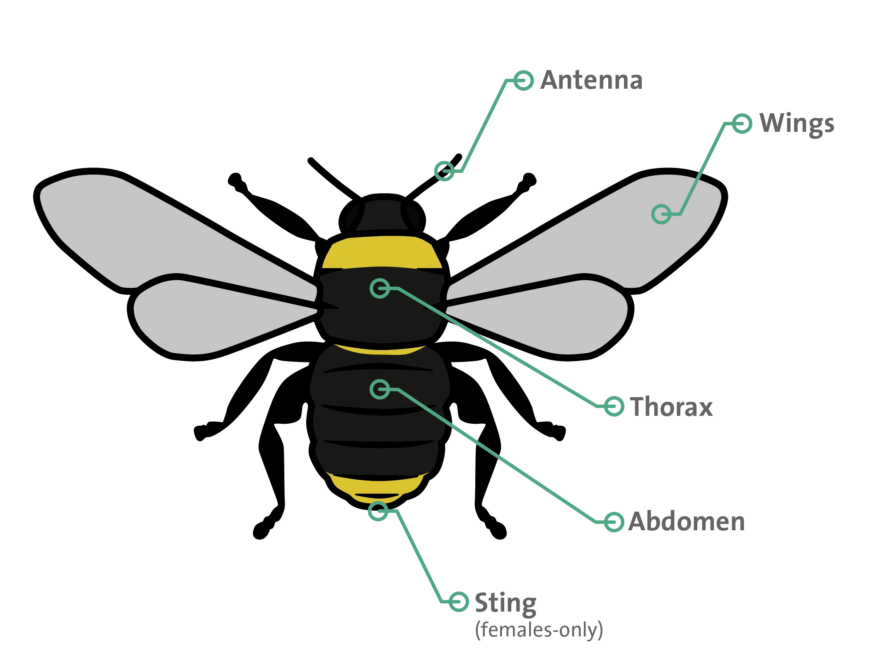
The colour of the tail varies between the different species of Cuckoo Bumblebees, one species has a distinctive red tail another’s fully yellow, whilst the remaining four species have white tails. Two of the white-tailed species also have yellow patches at the front and sides. Although it is very hard to see, most Cuckoos have a small tuft of black or red hairs at the top of the abdomen.
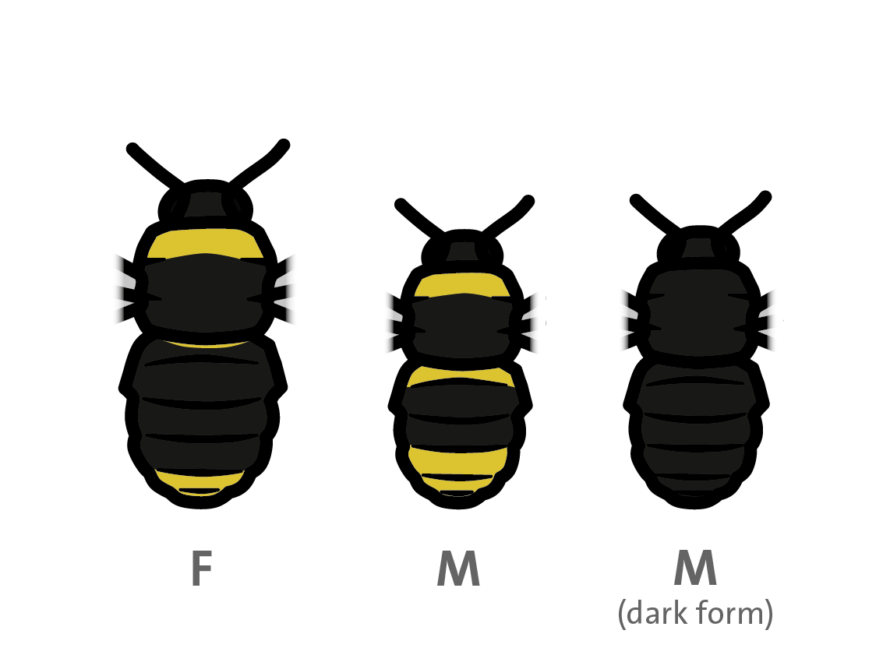
The pattern found on Field Cuckoo Bumblebees can vary, however, most males and females have two distinctive yellow stripes on their thorax. Their tails are usually a green-yellow shade and can cover up to half of their abdomen.
Some males can be found completely black with their wings dark and dusky in appearance.
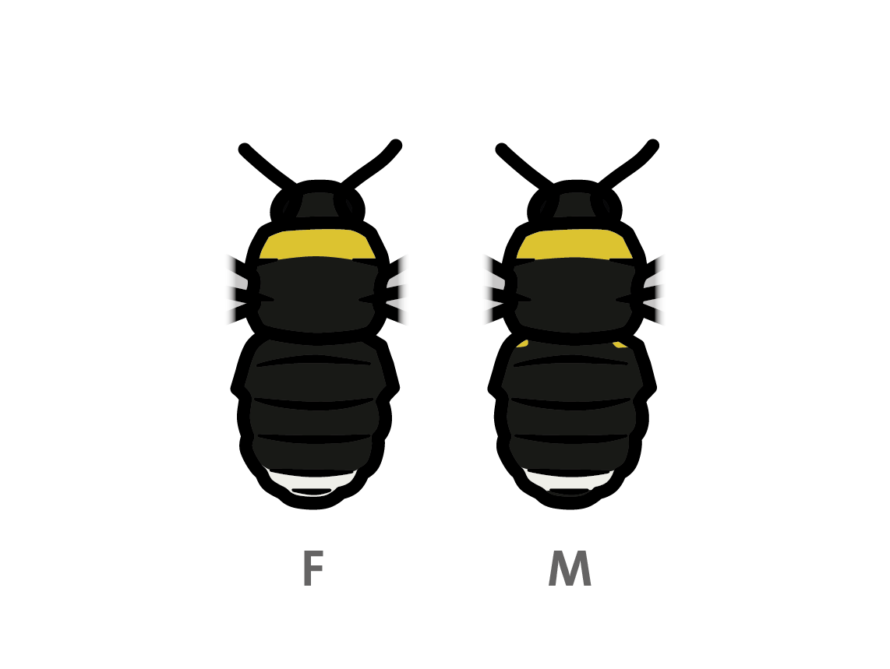
The most common form of the male and female Forest Cuckoo Bumblebee includes a yellow striped thorax with no pattern on the abdomen. Both sexes have a white tail with a small amount of black tuft on the end.
Males also have a small orange shaded tip at the end of their tails.
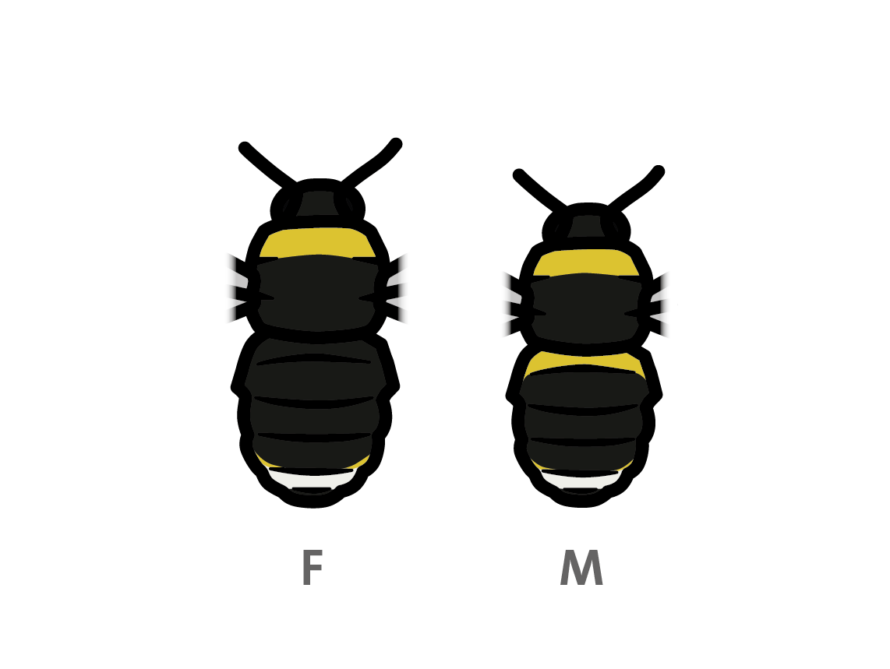
Female Gypsy Cuckoo Bumblebees tend to have a pale-yellow band on their thorax and no pattern on their abdomen. Whereas males can have a sparse yellow band on the top of their abdomen. In both sexes, you will find a white tail with small yellow patches on the sides.
This species is largely restricted to the North and West of the UK.
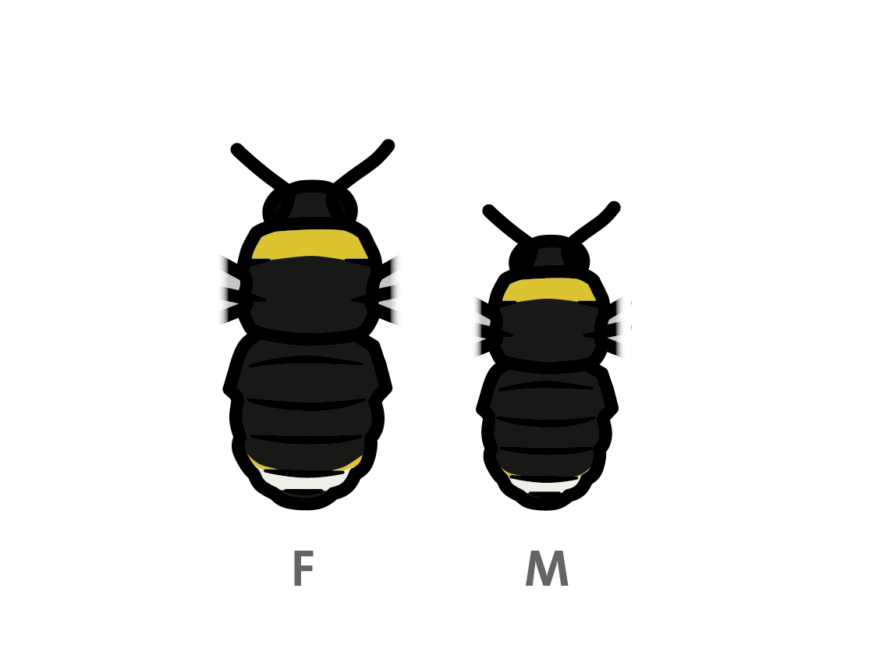
The female Southern Cuckoo Bumblebees have a single distinct stripe on their thorax that is dark yellow. Whereas males have additional yellow bands on the back of their thorax and front of their abdomen. Both sexes can be found with a while tail and large yellow patches on both the left and right of the tail.
This species is very common in the South of the UK and scarcely found in the North.
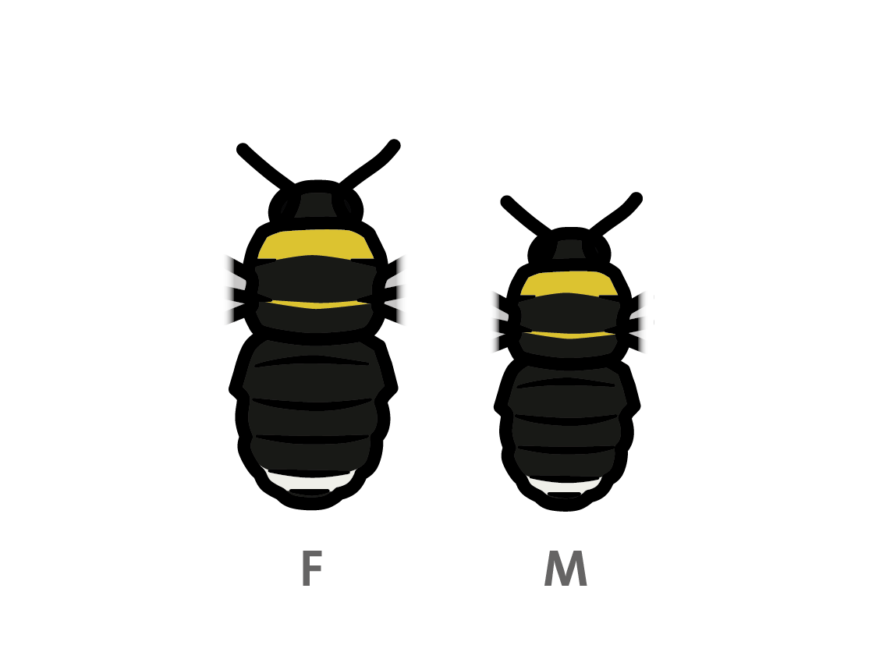
Both female and male Barbut’s Cuckoo Bumblebees have a yellow band at the front and back of their thorax, with their abdomen sometimes having faint bands of dull yellow hair. Both sexes also have a white tail and their wings can be dark and in some cases, can appear almost completely black.
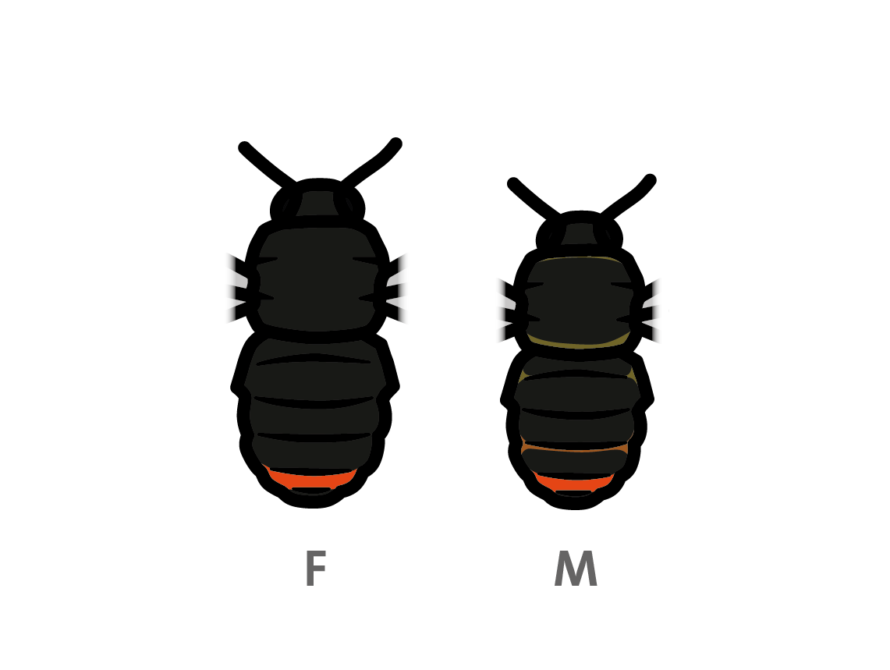
The female Red-Tailed Cuckoo Bumblebees are all black apart from their amber coloured tails. The males share the same colouring but have indistinct yellow bands on their thorax and abdomen. This yellow pattern can vary in intensity with some males looking very pale.
Distinguishing the sex of a Cuckoo Bumblebee is much harder than standard Bumblebees. The males in most instances are smaller and thinner than females, with more yellow hair on their bodies and longer antennas.
To find more information about Cuckoo Bumblebees and other bee-related information, visit our partners the Bumblebee Conservation Trust.